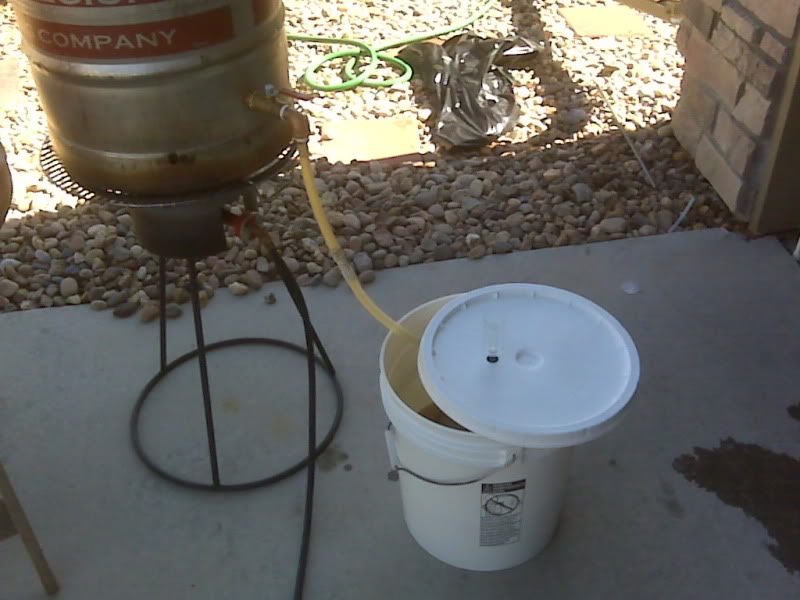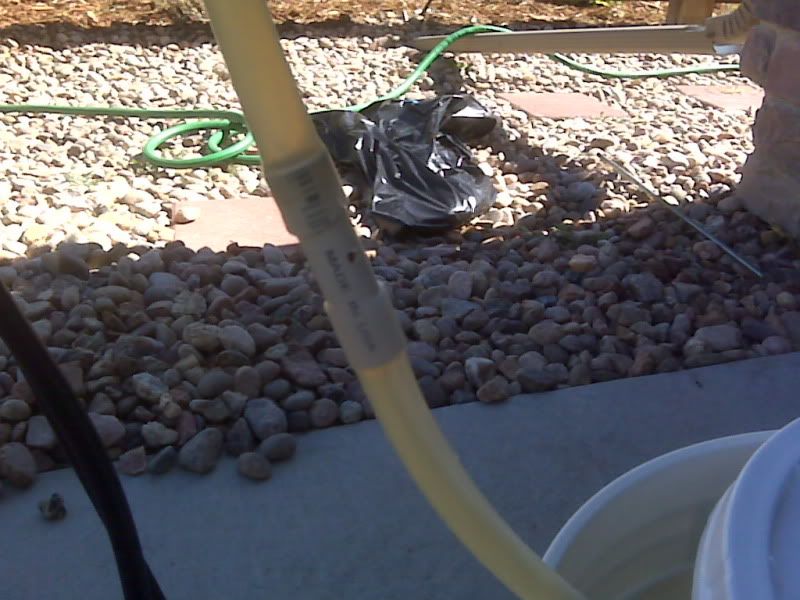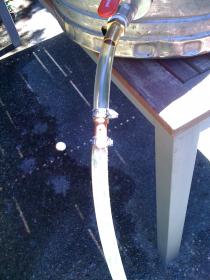I know I'm dredging up an old thread, and I'm probably going to get flamed for this, but I think there are some physics in play here people aren't considering. People keep talking about the venturi effect. While I'm sure its possible to make a venturi to pull in ambient air into a hose, I think what has been overlooked is that as the wort is falling, which if you think about it, is what is happening when you siphon or drain the BK.
Since everything falls at a rate of 32ft per second per second (rate of acceleration) what happens normally, is that a falling drop of liquid that has fallen further than the drop behind it, will also be falling faster. Now when you are controlling the "fall" in a piece of tubing, the uncompressable liquid is forced to move at the same rate throughout the entire tube since it can't expand, BUT if you poke a small hole in the tube (below the level of the bottom of the BK so as not to break the siphon) gravity will cause the wort downstream of the hole to accelerate. Since the liquid can't expand to fill the void, air is drawn in through the hole. This explains why the pin hole trick doesn't work well with a pump. The pump negates the effect of gravity since it is overcome by pressure.
You can see this in action at your kitchen faucet. Turn on the faucet so that it is running a very thin, but constant stream of water. At the faucet it will appear to be continous, but the bottom of the stream will have broken apart into more seperate droplets by the time it lands in the sink. That is because the water that is about to land in the sink is falling faster than when it origionally left the faucet.
Just to be clear though, I'm not saying that a venturi in your siphon can't be made to work, but it is going to be much more difficult to achieve, and the pin hole would have to be in exactly the right place for it to work. Buy simply putting a smaller piece of tube in the middle, you are only creating a restriction, not a venturi. To create a venturi, the flow rate at the end would have to remain the same with or without the "venturi".
So, I'm willing to bet that a series of small holes in the tube about 10-20 inches up from the end of your siphon or BK drain tube produces about the best effect you can expect from this without ever having to neck down the size of the tubing to try and get a venturi. This should even work if you use a piece of garden hose as a siphon to drain the BK into the fermenter. The pins holes just can't be so big as to break the siphon, and they need to be several inches up from the end of the tube, but well below the bottom of the BK to work well. (which, I believe is what the OP said he did

).















